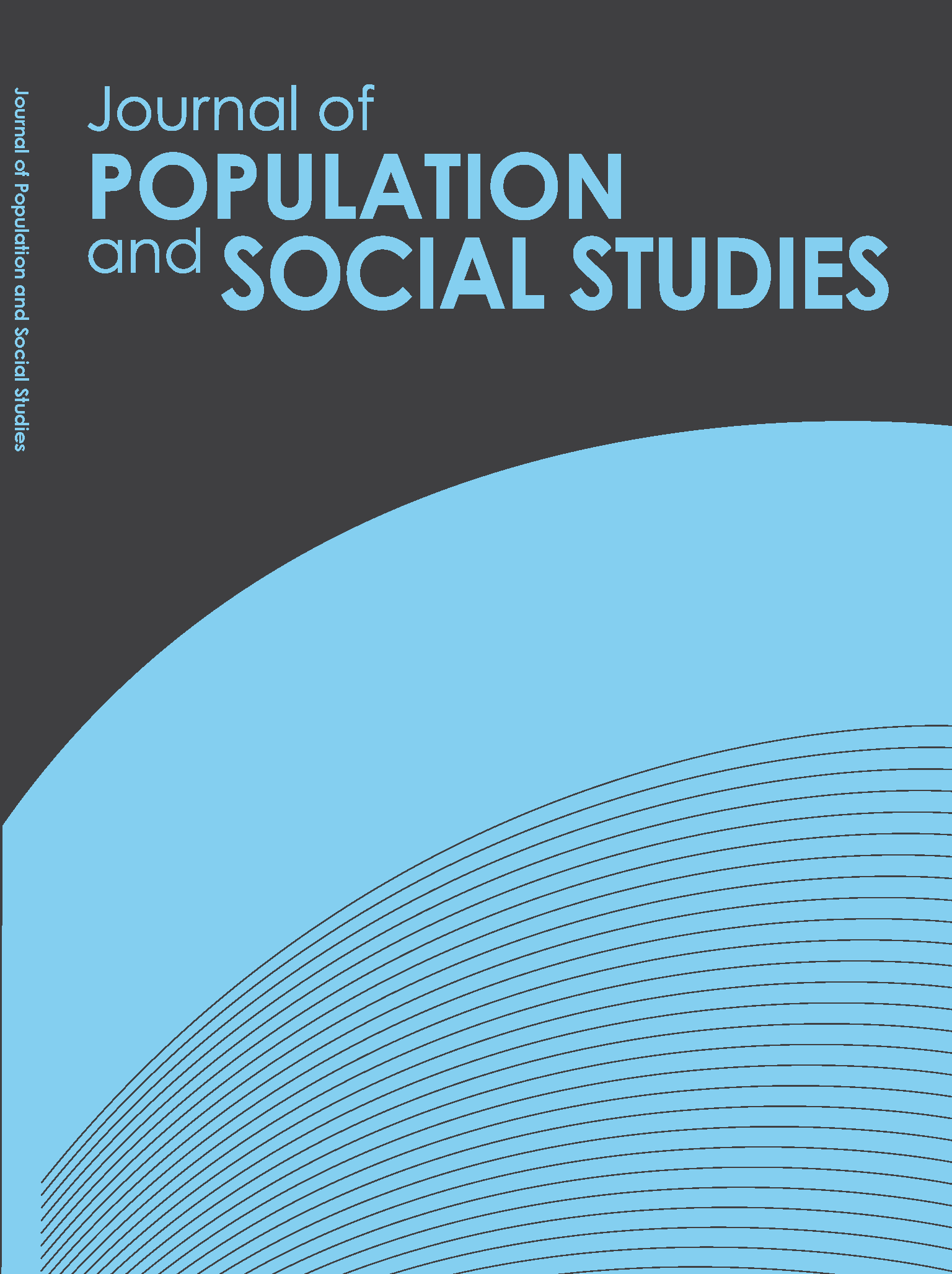Obstetric Morbidity Care in Thailand: Do Communities Matter?
Main Article Content
Abstract
Previous research on maternal health care has focused on individual-level
factors, and the role of community-level factors in obtaining obstetric care has not received sufficient attention. This study addresses this gap by examining how community context is associated with obstetric morbidity care-seeking behavior among Thai women in the Kanchanaburi Demographic Surveillance System. Multi-level logistic regression models were fitted to examine the association. While percentage of not working, percentage of people with health insurance, percentage of people with
education less than grade ten, and availability of school in the village were positive predictors of care-seeking behavior for morbidity during pregnancy, distance of village to the district center and availability of transportation facilities in the village were positive predictors and average household income in the village was a negative predictor of care-seeking behavior of morbidity during delivery or after delivery. Careseeking behavior also varied across the villages. Preventive behavior and medical risk factors partially mediated the community effect on care-seeking behavior. However, community characteristics retained their important association with obstetric morbidity care. Community context should therefore not be overlooked while implementing maternal health interventions.
factors, and the role of community-level factors in obtaining obstetric care has not received sufficient attention. This study addresses this gap by examining how community context is associated with obstetric morbidity care-seeking behavior among Thai women in the Kanchanaburi Demographic Surveillance System. Multi-level logistic regression models were fitted to examine the association. While percentage of not working, percentage of people with health insurance, percentage of people with
education less than grade ten, and availability of school in the village were positive predictors of care-seeking behavior for morbidity during pregnancy, distance of village to the district center and availability of transportation facilities in the village were positive predictors and average household income in the village was a negative predictor of care-seeking behavior of morbidity during delivery or after delivery. Careseeking behavior also varied across the villages. Preventive behavior and medical risk factors partially mediated the community effect on care-seeking behavior. However, community characteristics retained their important association with obstetric morbidity care. Community context should therefore not be overlooked while implementing maternal health interventions.
Article Details
How to Cite
Sharma, S. K., & Vong-Ek, P. (2008). Obstetric Morbidity Care in Thailand: Do Communities Matter?. Journal of Population and Social Studies [JPSS], 16(2), 95–120. retrieved from https://so03.tci-thaijo.org/index.php/jpss/article/view/84572
Section
Research Articles


